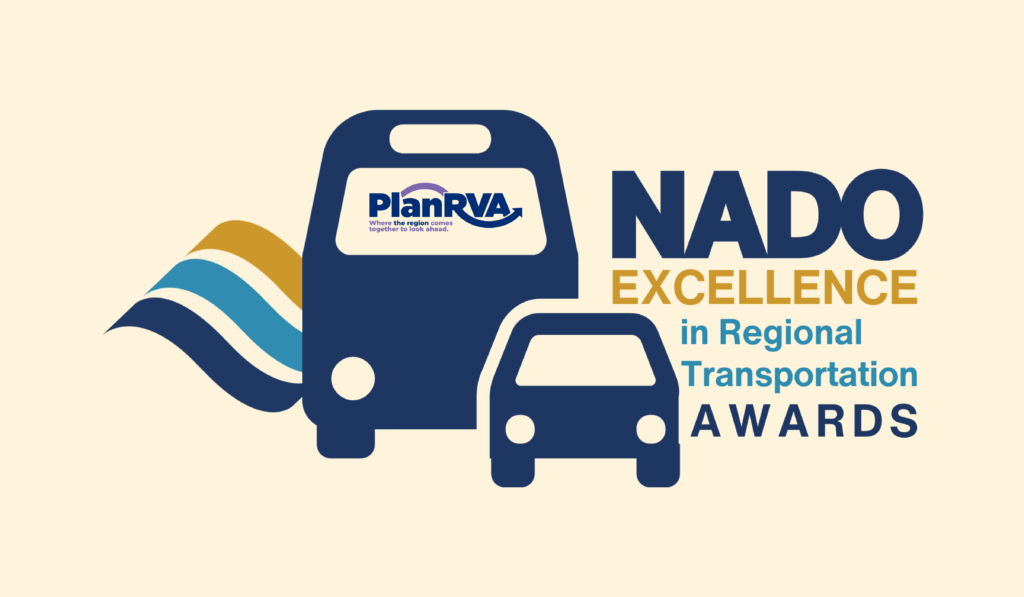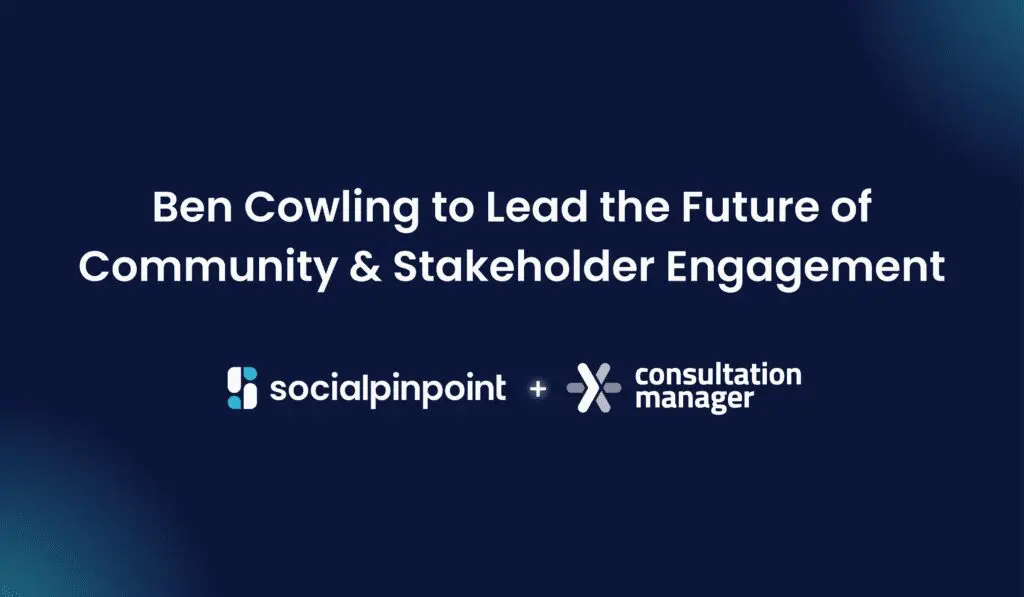An effective community engagement strategy helps local governments to make more informed decisions. Not only does involving the public in decision-making help to create a shared vision for the community. It also creates better outcomes for people and places. We’ve uncovered 10 effective community engagement tips to help you elevate your strategy today.
Community engagement brings together diverse perspectives to improve the impact of policies and projects on people. In local government, it should provide individuals, stakeholders, and community groups the opportunity to understand and contribute to projects and policies.
Engaged communities are thriving communities. When local governments engage a diverse-cross section of the community, they can identify issues while unlocking innovation. This influx of creative energy helps create places and spaces that people are connected to. Community engagement also creates a culture of trust, transparency, equity, resilience, and innovation.
So, how can local governments get community engagement right? Let’s explore 10 community engagement tips for creating an effective engagement strategy in local government:
- Keep accessibility top of mind
- Create beautiful (and engaging content)
- Ask the right questions
- Ensure that people feel safe to share their feedback
- Share and promote all opportunities to engage
- Actively connect with diverse participants
- Remain agile and efficient
- Consistently close the loop
- Reflect on your community engagement strategy
- Don’t be scared of growth

1. Keep accessibility top of mind
When local governments use a combination of community engagement tactics, they can overcome common barriers to public participation. For example, by using a hybrid mix of online and offline techniques, it’s possible to reach people who have different time schedules, commitments, abilities, and levels of digital literacy. Local governments can also engage citizens who live and work in a variety of locations.
Offline focus groups can be used in the planning phase of a community engagement project to ensure that local governments understand who they need to engage and how. It’s also important to consider how underrepresented groups in the community can be given a seat at the table. Consider using translation tools to ensure that community engagement materials can be interpreted in different languages.
The costs of exclusion in policy design can be high, so local governments should also consider if First Nations voices are represented, venues are accessible, communication support is available, and the engagement process will be comfortable for someone with neuro divergence.
2. Create beautiful (and engaging content).
Local governments need to use content that engages and connects with the local community. For example, if a community engagement website is being used, it’s important to enhance usability and ensure that people of all different abilities can understand the information. WCAG’s latest guidelines can also be followed to ensure that the front-end design is easy and intuitive for a diverse range of people.
Creating impactful experiences that capture attention and drive participation will help to build trust and confidence. While it’s important to be factual, local governments can encourage citizens to participate in their projects by sharing stories and creating an emotional connection. By creating this connection
3. Ask the right questions.
When local governments are trying to tap into the collective intelligence of the community, it’s important that they know the right questions to ask. Researching the community and collaborating with key stakeholders can help to unlock valuable perspectives and highlight points of tension.
The local government should be ready to engage with the community in a meaningful way and take time to research and understand the real problems. It’s also a good idea to engage the community as partners in the design, testing, and revision of the local government community engagement plan. Community representatives can help to identify any required changes to wording, while ensuring that the local government is aware of the community’s language, culture, and history.
According to Merryn Spencer, the Engagement and Strategy Manager at Sutherland Shire Council, “Planning is important. I think many people (including myself) rush in without thinking and there is a natural tendency to do that with projects. A strategy will not only help guide your way, it will also help you ensure the engagement and consultation is aligned with your audience.”
4. Ensure that people feel safe to share their feedback.
Red tape and bureaucracy can slow local governments down. But, community members will be more willing to give honest feedback when they trust decision-makers. That’s why it’s essential to spark meaningful conversations in which people understand the process, goals, and intended outcomes. There also needs to be a level-playing field between the local government and citizens.
Local governments should also share important information widely before, during, and after projects. Increase the community’s sense of ownership over the outcomes by being transparent. Being honest about the role and influence that people have in decision-making and the implementation of solutions will help immensely. This can encourage more citizens to engage in community engagement efforts in the future.

5. Share and promote all opportunities to engage.
People need to be aware of their opportunity to participate in the community engagement process. That means that it’s essential for local governments to promote every opportunity to engage across an integrated mix of paid, owned, and earned media. An effective communications plan also ensures that the right demographics are reached in order to meet the project’s engagement requirements.
People lead busy lives, so it’s likely that the community will need to be exposed to the project several times before they engage. Online platforms can also open up opportunities to retarget community members on digital channels, such as Facebook or Instagram. Remember that repetition creates recognition and a message needs to be repeated frequently to create awareness.
6. Actively connect with diverse participants.
To realize the full value of any new plan or policy, local governments need to acknowledge that diversity has positive effects on decision-making. Different identities and traits, such as race, gender, ethnicity, socioeconomic status, culture, and (dis)ability need to be included. When diverse voices are actively considered in the design of solutions, local governments are more likely to deliver equitable outcomes.
Diversity also helps groups to analyze the facts more clearly and creates clarity on the real problems, helping to shift the entire community forward.
Local communities are often made up of many cultures and demographic groups. So, it is important for local governments to research these groups and plan their engagement activities accordingly. Consider any participation barriers to ensure all groups have equal access to get involved in decisions that impact them.
7. Remain agile and efficient.
Local governments need to be agile in order to respond to the community’s feedback in a timely way. That’s why it’s important to capture and activate feedback throughout the entire community engagement process, from planning to development, launch, and review.
If a project or policy is rejected by key stakeholders in any way, an agile community engagement strategy ensures that the local government has the capacity to adapt. Online community engagement platforms also enable decision-makers to review data throughout the entire project. This means that throughout your project lifecycle, you pick up on any changes in sentiment or identify gaps in representation.

8. Consistently close the loop.
When local governments ask citizens to share their feedback, it’s vital that they report back as to how that feedback has been used. Closing the loop with a comprehensive community engagement report shows respect and encourages further participation. It also motivates citizens because they can understand other perspectives and how their input was used.
In a community engagement report, local governments should provide an overview of their project, outline what was heard, share the outcomes, and highlight the next steps.
Describing who engaged also helps the community to identify if the people and groups who are likely to be affected by the local government’s decision had the opportunity to participate. It’s important the community feels that the feedback used was representative. So, local governments should explain how traditionally underrepresented groups were empowered to get involved and how this opportunity was made accessible.
9. Reflect on your community engagement strategy.
At every stage of a project, local governments should take the time to reflect.
Using a mixture of quantitative and qualitative metrics, evaluating a project helps local governments to reflect. Were the right community members at the table? Did the program or intervention drive meaningful and positive impacts? Planning, implementation, completion, and reporting are key evaluation phases in which local governments can take a step back, reflect, and evaluate.
When local governments understand the effectiveness of their community engagement projects, they can take corrective actions and enhance their efforts in the future.
10. Don’t be scared of growth.
Effective community engagement is powerful, but only a small percentage of the population participates in most projects. If local governments understand the motivators and demotivators alike, they can encourage more citizens to get involved in crafting innovative solutions to the big issues.
Always keep in mind that community engagement should be a process of collaboration and co-learning. When local governments extend a genuine invitation to participate, they can make people feel heard and safe to share. But they also have the opportunity to showcase how input translates into effective outcomes, and report on their learnings transparently. This can encourage deeper and more meaningful community engagement from a greater variety of citizens.
It’s important that local governments are willing to measure their impact and continuously improve for future projects. We hope these 10 community engagement tips can be successfully applied to your strategy.












